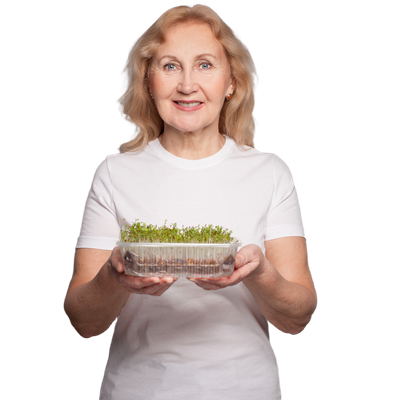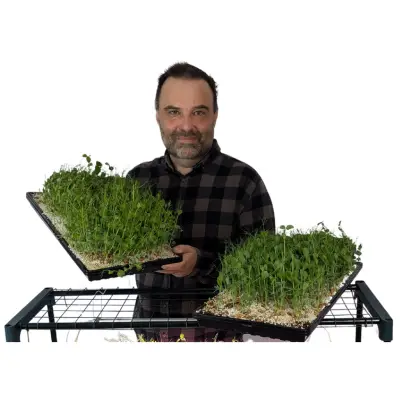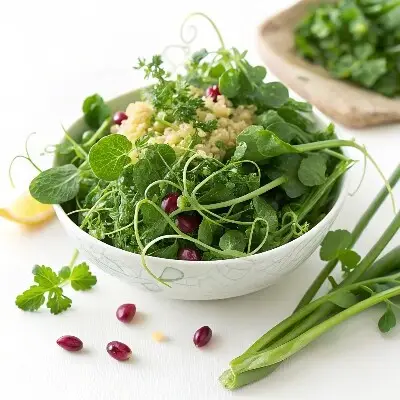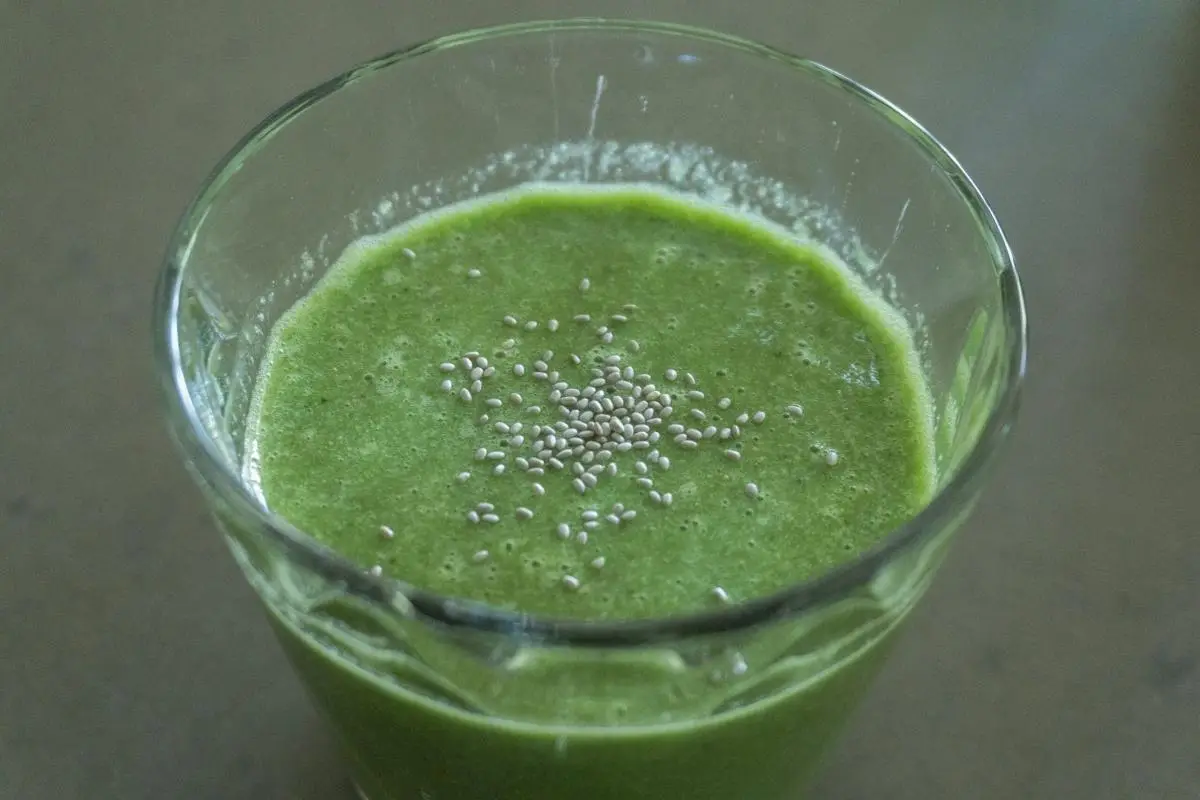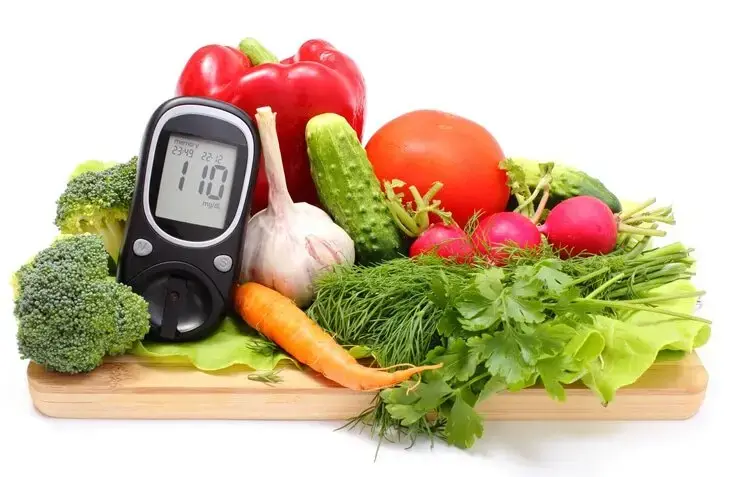Harnessing the Power of Heat Mats for Germinating Seeds: Unleashing the Potential for Microgreen Germination

Introduction
Germinating seeds successfully is a crucial step in the journey of plant cultivation. One tool that has gained popularity among gardeners and horticulturists is the heat mat. These mats provide a controlled environment that promotes optimal germination conditions, especially for delicate and temperature-sensitive seeds. In this article, we will explore the benefits of using heat mats for germinating seeds, with a particular focus on their application for microgreen germination. We will discuss the pros and cons of heat mats, important considerations, and provide guidance on when and how to use them effectively.
The Benefits of Heat Mats for Germination
- Enhanced Germination Rates: Heat mats offer a significant advantage by providing consistent warmth to the seeds. Many plant species, including microgreens, thrive in warm soil conditions. By utilizing heat mats, germination rates can be accelerated, and seedlings can emerge more quickly. The controlled heat promotes optimal enzyme activity and triggers biochemical reactions, leading to faster and more uniform germination.
- Temperature Regulation: One of the key advantages of heat mats is their ability to regulate soil temperature. Most seeds have specific temperature requirements for successful germination. Heat mats allow precise control over the temperature, eliminating the guesswork and providing a stable and ideal environment. This feature is particularly beneficial for starting seeds during cooler seasons or in regions with unpredictable weather patterns.
- Uniform Germination: Heat mats create a consistent temperature across the entire germination area. This even distribution eliminates temperature variations that can occur naturally in the surrounding environment, ensuring uniform germination and reducing the likelihood of weak or spotty seedling growth. For microgreens, uniform germination is especially critical, as it leads to a dense and vibrant crop.
- Versatility and Flexibility: Heat mats come in various sizes, accommodating trays of different dimensions. This versatility allows gardeners to customize their germination setup according to their specific needs. Whether you are germinating a small batch of microgreens or a large quantity of garden seeds, heat mats can be tailored to fit the space available.
Pros and Cons of Heat Mats for Germination
Pros
a. Increased Success Rate: Heat mats significantly improve the chances of successful germination, particularly for challenging or slow-germinating seeds.
b. Time-Saving: With faster germination rates, heat mats save valuable time, enabling gardeners to have earlier and more productive harvests.
c. Cost-Effective: Heat mats are relatively inexpensive and offer a cost-effective solution for improving germination outcomes.
d. User-Friendly: Heat mats are easy to set up and require minimal maintenance. They are also energy efficient and can be used with standard electrical outlets.
Cons
a. Overheating Risks: If not monitored carefully, heat mats can potentially overheat the soil and harm delicate seeds. It is crucial to use a thermostat or temperature controller to maintain the ideal temperature range.
b. Dependency: Relying solely on heat mats for germination can create dependency, making seeds more susceptible to environmental fluctuations once transferred to the growing area. Gradually acclimating seedlings to ambient conditions before transplanting is essential.
Considerations for Using Heat Mats
- Temperature Requirements: Different plant species have specific temperature preferences for germination. Researching the optimal germination temperature range for your seeds is vital to ensure the successful use of heat mats. Seed packets or reputable gardening resources can provide guidance on temperature requirements.
- Moisture Control: Heat mats can potentially increase evaporation and dry out the germination medium more quickly. Regular monitoring and adequate moisture provision are necessary to prevent seedling desiccation. Using a humidity dome or covering the tray with plastic wrap can help retain moisture.
- Ventilation: Proper airflow is crucial for preventing the development of mold or fungal growth. Ensure there is adequate ventilation while using heat mats to promote healthy germination and discourage the buildup of excess humidity.
When and How to Use Heat Mats for Germination
- Starting Cold-Season Crops: Heat mats are particularly beneficial for starting seeds of cold-season crops, such as tomatoes, peppers, and herbs. These plants often require warmer soil temperatures for successful germination and can benefit greatly from the controlled heat provided by the mats.
- Microgreen Germination: Microgreens, with their delicate nature and short germination period, can greatly benefit from heat mats. Set the heat mat to the appropriate temperature range for the specific microgreen variety to accelerate germination and ensure a uniform crop.
- Seed Starting Indoors: When starting seeds indoors, especially in regions with cooler climates or during the off-season, heat mats become indispensable. By providing a warm and stable environment, they promote successful germination, giving seedlings a head start before transplantation.
What if you already have a temperature controlled environment?
If you already have a temperature and humidity-controlled environment for your plant cultivation, the use of heat mats may not be necessary. A controlled environment with optimal temperature and humidity levels can provide the ideal conditions for seed germination without the need for additional heat mats. In such cases, the environmental controls already in place should be sufficient to promote successful germination.
However, there are a few factors to consider:
- Specific Temperature Requirements: Different plant species have specific temperature preferences for germination. If the temperature in your controlled environment is not within the recommended range for the seeds you are germinating, then using a heat mat might still be beneficial to provide the required warmth.
- Quickening Germination: Heat mats can accelerate the germination process by providing consistent warmth. If you’re looking to speed up the germination timeline, even in a controlled environment, heat mats can help achieve faster and more uniform germination.
- Seedling Health and Vigor: Heat mats not only provide warmth but also help create a rooting zone that is warmer than the ambient air temperature. This can promote stronger root growth and overall seedling health, even in controlled environments.
Ultimately, the use of heat mats in a temperature and humidity-controlled environment depends on the specific requirements of the seeds you are germinating and your goals for the germination process. If your controlled environment already meets the optimal conditions for germination, you may not need heat mats. However, if you want to expedite germination or ensure specific temperature requirements are met, using heat mats could still be beneficial.
Conclusion
Heat mats have revolutionized the way seeds are germinated, offering a range of benefits and advantages. For microgreen germination and starting seeds in challenging conditions, heat mats provide a controlled and optimal environment. By enhancing germination rates, promoting uniform growth, and regulating temperature, these mats empower gardeners to achieve successful germination and bountiful harvests. However, it is essential to exercise caution, monitor temperature levels, and gradually transition seedlings to ambient conditions. By harnessing the power of heat mats, gardeners can unlock the full potential of their seeds and embark on a fruitful gardening journey.


